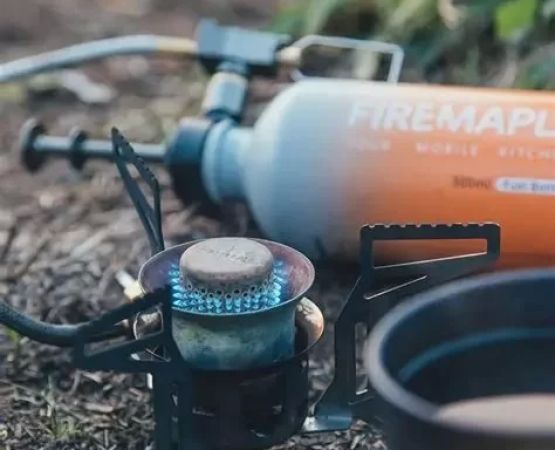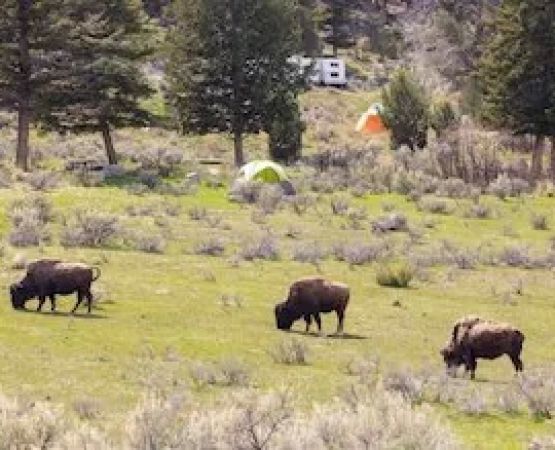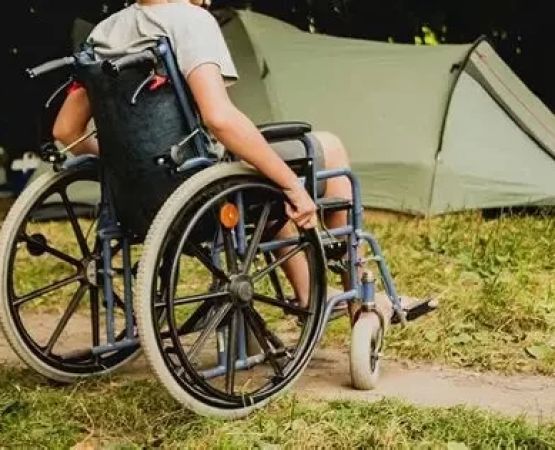- #how-to-deal-with-minor-cuts-and-scratches-while-campfire-cooking - first-aid-camping - wound-care-outdoors - safe-campfire-cooking
- #understanding-common-campfire-injuries - knife-nicks - hot-surface-scratches - outdoor-hazards
- #essential-first-aid-steps-for-campfire-cooking - cleaning-wounds - disinfecting - bandaging
- #real-camping-stories-with-minor-injuries - practical-experiences - lessons-learned - memorable-moments
- #building-a-campfire-first-aid-kit - must-have-items - practical-preparation - pine-cliff-resort-recommendations
- #preventing-future-cuts-and-scratches - safe-practices - proper-tools - mindful-cooking
How to Deal with Minor Cuts and Scratches While Campfire Cooking
Cooking around a campfire is one of the most rewarding parts of any outdoor adventure. The smell of smoky meals, the glow of flames, and the joy of sharing food outdoors create unforgettable experiences. However, preparing meals outdoors often comes with risks like minor cuts and scratches. Knowing how to deal with minor cuts and scratches while campfire cooking ensures safety, comfort, and uninterrupted fun during your trip.
1. Understanding Common Campfire Injuries
1.1 Knife Nicks and Food Prep Accidents
Chopping vegetables or slicing meat by the campfire can easily lead to small nicks and cuts. Limited lighting and uneven surfaces increase the risk, especially for inexperienced campers.
1.2 Scratches from Gear and Surroundings
Sharp tools, metal cookware, or even firewood can cause scratches. While these are usually minor, neglecting them can lead to discomfort or even infection if left untreated.
1.3 Hot Surface Contact
Campfire cooking often involves hot grills, pans, and utensils. Minor burns or skin abrasions from touching these surfaces are also common and require immediate attention.
2. Essential First Aid Steps for Campfire Cooking
2.1 Cleaning the Wound
The first step is to gently clean the affected area with clean water. Dirt and food particles should be removed to reduce the risk of infection. If clean water isn’t available, boiled and cooled water can be used.
2.2 Disinfecting and Protecting
Applying an antiseptic or disinfectant wipes the wound of harmful bacteria. Once cleaned, cover the area with a sterile bandage to protect it from dirt, ash, or further irritation while cooking.
2.3 Monitoring and Replacing Bandages
Bandages should be checked and replaced regularly, especially when cooking in smoky or dusty conditions. Keeping wounds dry and clean helps speed up recovery.
3. Real Camping Stories with Minor Injuries
One camper recalled slicing onions too quickly and nicking a finger. Instead of panicking, they used their first-aid kit to clean and bandage the wound, allowing them to return to grilling within minutes. Another group shared how a child scratched their hand while collecting firewood, but thanks to quick cleaning and a fun “doctor role play” with bandages, the small incident became part of a happy memory rather than a trip-ending issue. These stories show how small accidents, if handled correctly, can remain just that—minor.
4. Building a Campfire First Aid Kit
4.1 Must-Have Items
A well-prepared kit should include antiseptic wipes, adhesive bandages, gauze, medical tape, and small scissors. Extra items like burn gel and tweezers are also helpful when cooking over an open flame.
4.2 Practical Preparation
It’s wise to keep your first aid kit within easy reach near your cooking area. This way, any cut or scratch can be addressed immediately without disrupting meal preparation.
4.3 Where to Find Reliable Gear
High-quality outdoor first aid supplies can make a difference. At Pine Cliff Resort, campers can find trusted gear designed specifically for outdoor safety. Whether you’re planning a short trip or a week-long adventure, having the right kit adds peace of mind.
5. Preventing Future Cuts and Scratches
5.1 Practicing Safe Knife Skills
Cutting on a stable surface and working slowly reduces the chance of accidents. Training young campers to respect knives and tools ensures safety for everyone.
5.2 Using Proper Cooking Tools
Investing in long-handled utensils, protective gloves, and sturdy cutting boards reduces the risk of injuries. Good tools make campfire cooking both safer and more enjoyable.
5.3 Staying Mindful Around the Fire
Cooking outdoors is often exciting, but rushing can cause mistakes. Staying focused and taking deliberate actions minimizes injuries and makes the campfire cooking experience more enjoyable for everyone.






